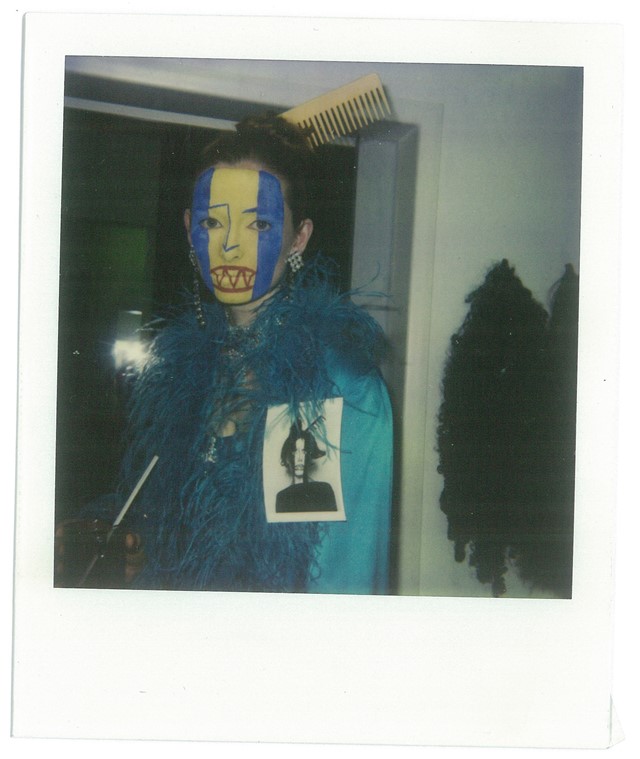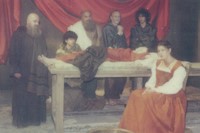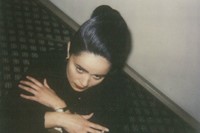We speak with Morag Ross, the make-up artist who rose to prominence in the 1980s and now uses Instagram to showcase her extraordinary talent for painting faces
Make-up artist Morag Ross cut her teeth in the 1980s and early 1990s under the wing of Derek Jarman, the late filmmaker who is now widely regarded as an auteur of British arthouse cinema. Jarman’s direction saw the young Ross collaborate with the likes of Tilda Swinton and costume designer Sandy Powell, who were all equally devoted to producing groundbreaking film – a devotion that has remained steadfast to this day. Ross now counts a combined total of six BAFTA awards and nominations amongst her list of accolades, garnered from the films she has worked on throughout her 30-year career. When we speak over the phone, she is on location in Pittsburgh, part of the team of another Hollywood blockbuster. “It’s just very, very hot and very, very humid here,” she says in a soft Glaswegian twang. “But you know, I’ve got my tricks for making sure the make-up stays put.”
When Ross first encountered Jarman, she was fresh out of art college – a graduate in mural design. Her grass-roots training is also mirrored in the subculture that shaped her as a student; she would often travel down to London from Glasgow to spend time with the Blitz Kids, a movement in which the transformative power of make-up played a central role. The thread of performativity is pervasive in her work, for the make-up Ross creates is uniquely attuned to characterisation. A rich archive of work is now routinely posted on her Instagram account: from Polaroids of Tilda Swinton behind the scenes of Wittgenstein, painted in the likeness of Man Ray’s 1922 portrait of Bronislava Nijinska, to Cate Blanchett – Ross’ long-time client – as Queen Elizabeth I. Here, she shares her memories, alongside some of her greatest influences.
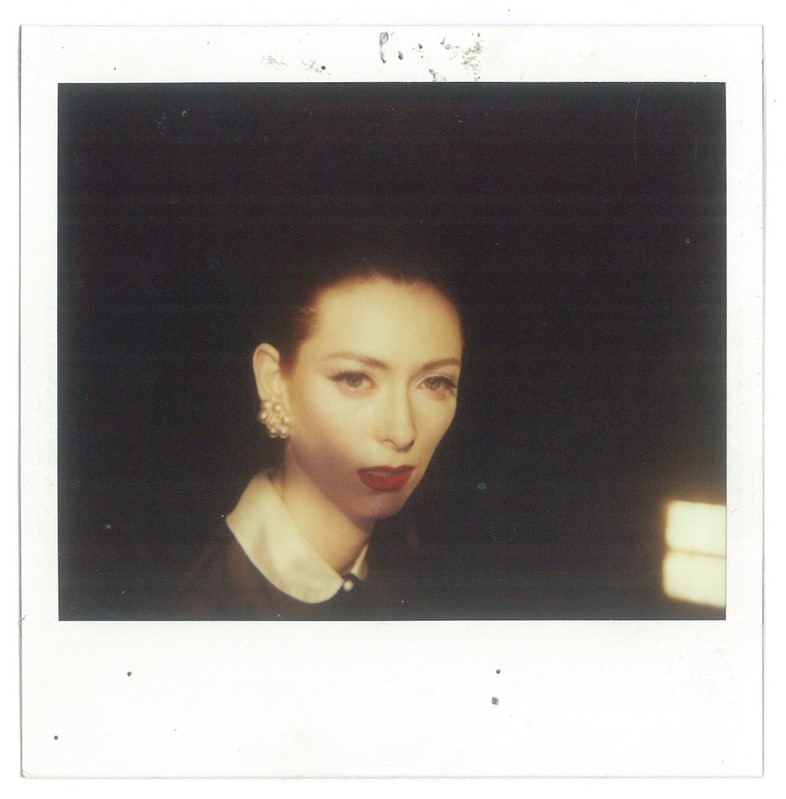
On how she got started...
“I never wanted to be a make-up artist to start with. I did a degree in mural design at the Glasgow School of Art. I got into doing make-up simply because I was really interested in it and I did a lot of freebies for hairdressers at the time. So I always had an amazing haircut! And I was doing this kind of punky art make-up, and in the end, half of my degree show was make-up because I photographed it and printed it off, on a big screen. And that was how I got interested. I remember I was making up an actor once and he asked about my training. We were talking about art college and I told him how I started. And he said, ‘Well, you know, when your work is projected onto the big screen, it is actually just like a mural,’ which I think is a very nice connection to make.”
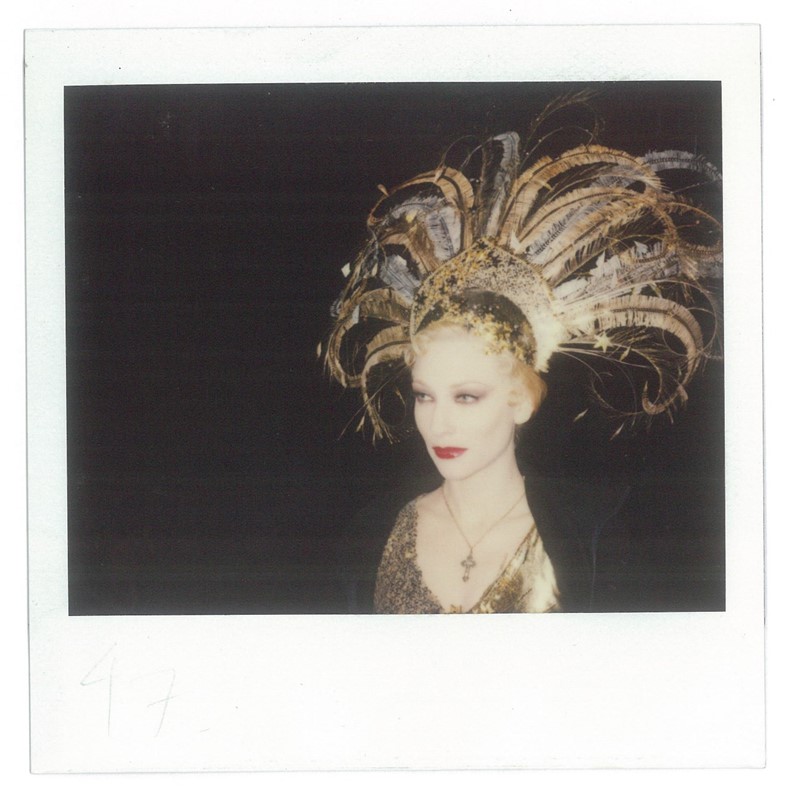
On being nurtured by Derek Jarman...
“Film producer Sarah Radclyffe, who founded Working Title Films with her partner Tim Bevan, contacted me directly saying ‘we’re going to make this film about Caravaggio with Derek Jarman. Would you like to meet him?’ So I went along to meet him in his flat in Shaftesbury Avenue. He was just the loveliest man, and he showed me all his books and what his intentions were for the film and told me he would love for me to do the make-up. The whole crew on Caravaggio was very young, all just out of college. Derek was very nurturing and a big improviser. It was my first feature film and it was the first feature film of Sandy Powell and Tilda Swinton too. It was just an amazing kickstarter because it was such a beautiful film, so I got more offers of work from the back of it. The timing was amazing, too, because it was the 80s. So Channel 4 had just started up, as did the pop music video phenomenon. It’s interesting looking back now, because there just weren’t that many people around at that time doing make-up. Now, there are so many people wanting to do it and it’s very tough. It has really exploded as a medium.”
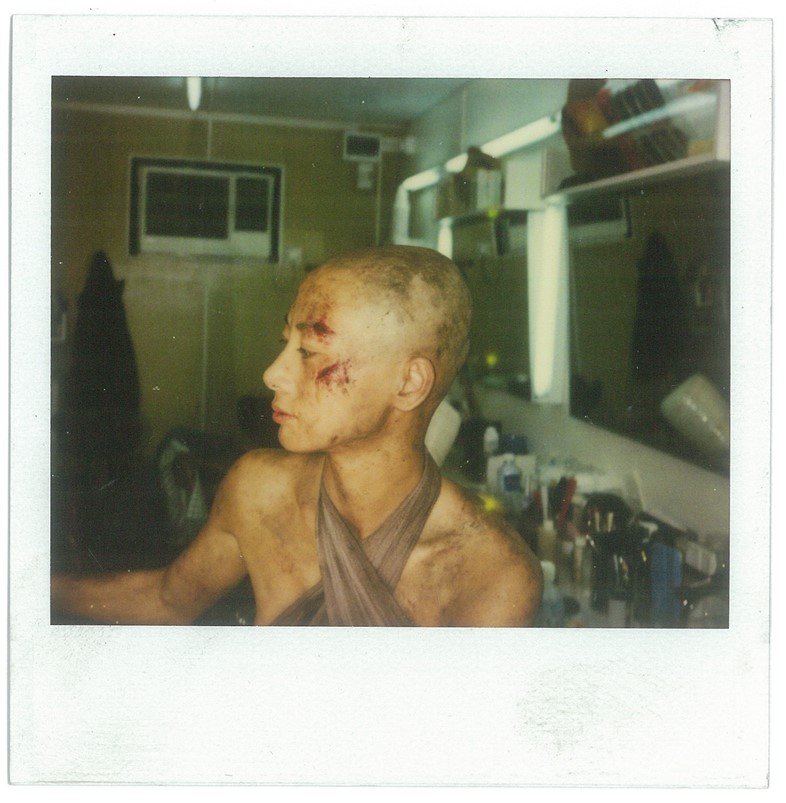
On her career after Jarman...
“After Caravaggio I worked on Edward II and Wittgenstein with Derek and Tilda Swinton, and then Sally Potter’s Orlando with Tilda, too. Then I was offered Neil Jordan’s The Crying Game and everything really took off. Later I worked on Lost in Translation, but before that it was Interview with the Vampire in 1994 and Ang Lee’s Sense and Sensibility in 1995 with Kate Winslet and Emma Thompson. That film really stands the test of time. You can watch it now and it’s still just exquisite, the lighting, the acting, everything. I remember the weather being amazing, considering we were filming in England. I wanted to sort of capture the complexion of an ‘English rose’. I remember saying to my team that they weren’t allowed to use any yellow undertones in the make-up! It was to be very delicate, soft, natural.”
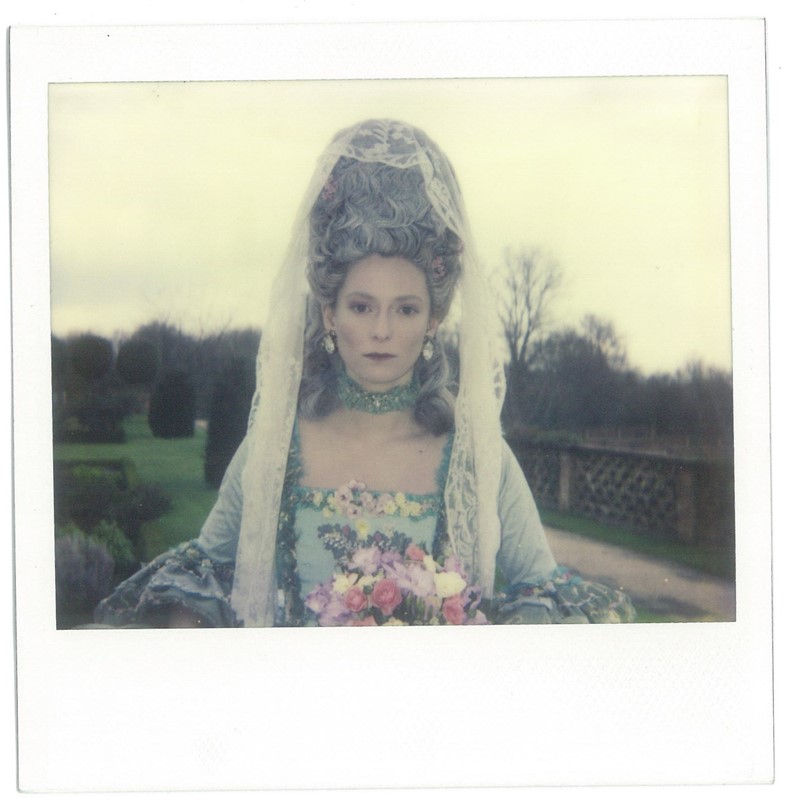
On Cate Blanchett...
“I’ve been working with Cate for 17 years now. The first film I did with Cate was The Man Who Cried, which was another film directed by Sally Potter. I also worked with her on The Aviator, transforming her into Katharine Hepburn. She’s quite amazing to work with, an incredible actor. And also, the fantastic thing about Cate, she always wants to look very different. She always wants to inhabit a character, so I’m never actually making her up as Cate Blanchett, unless we do an event; it’s always trying to create a new character, which is stimulating as a makeup artist. Of all my favourite characters I’ve created with Cate, I find it hard to choose. I got a lot of positive feedback for the look I did for Carol, which was so beautiful to create. It was a really iconic film for the gay community and I was proud to be a part of it.”
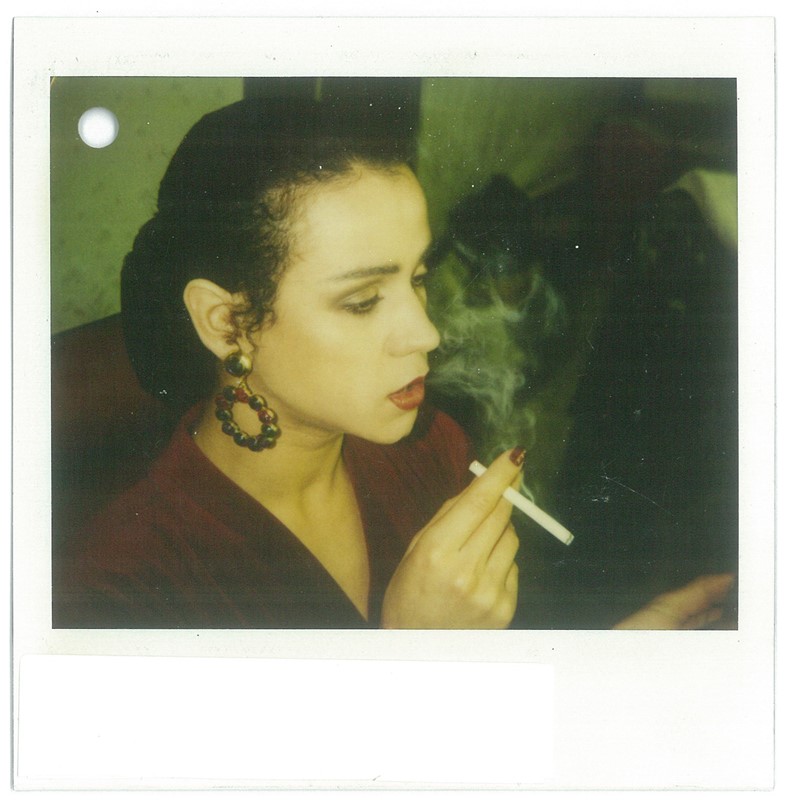
On referencing and influences...
“I think what helps me, and also helps an actor that I’m working with, is if they have a concrete reference. A really good example of this would be Cate’s portrayal of Charlotte Gray, in the 2001 film. She was playing someone who worked in the resistance during the 1940s, and at the time the film was being made, there was a Prada campaign that was quite 1940s. And so we referenced it very loosely. It wasn’t a textbook 1940s look, there was practically no makeup, it was just very soft. I love photography, too – particularly the work of Lee Miller. So I introduced Cate to Lee Miller who said ‘that’s just how Charlotte Gray should look!’ I also greatly respect some of the work of most important make-up artists today; Val Garland, Pat McGrath, Mary Greenwell and Sandy Linter. But when I first got into make-up, artists Way Bandy, Serge Lutens and Richard Sharah were huge inspirations to me. They continue to be to this day.”
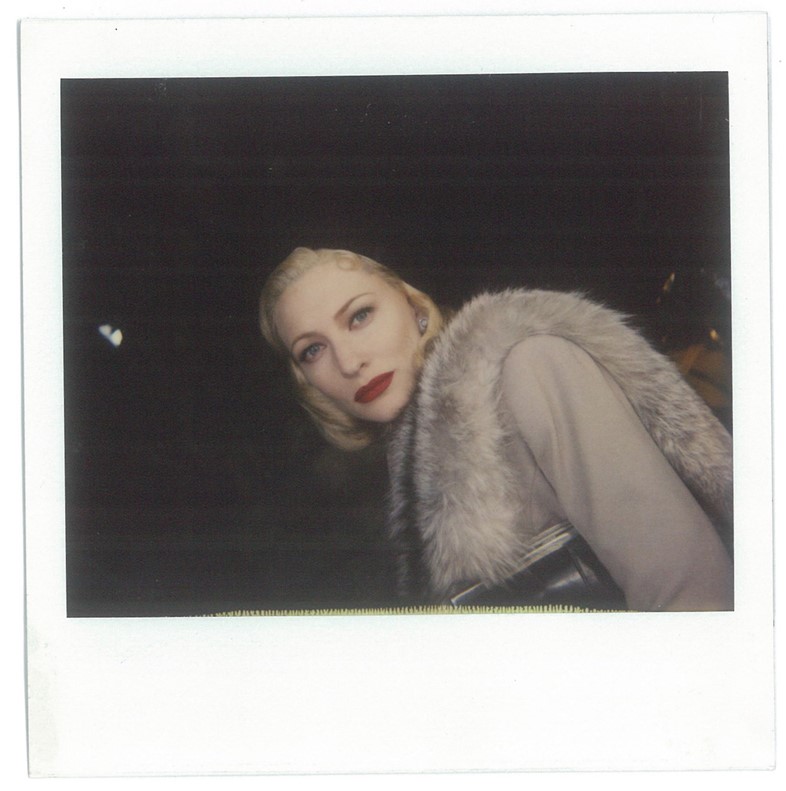
On starting her Instagram archive...
“I do find Instagram to be an incredible platform. When I started, it was because someone asked my agent if I had any form of social media. I realised I didn’t do anything! I didn’t tweet, I didn’t have Instagram, and I thought, I should start a work-based account. A certain part of me thought ‘who’s going to be remotely interested in what I post?’ And I kind of still think that, everytime I post something! I remember one of the first images I put up was of Tilda, from Edward II. She had this beautiful eyeliner, and her hair was in a kind of 1960s up-do. And Sam McKnight said that he loved it. I can’t remember if he re-posted or commented on the image, but he definitely said something about it being great inspiration and lovely work, and that people should follow me. And it touched my heart, it really did.”
